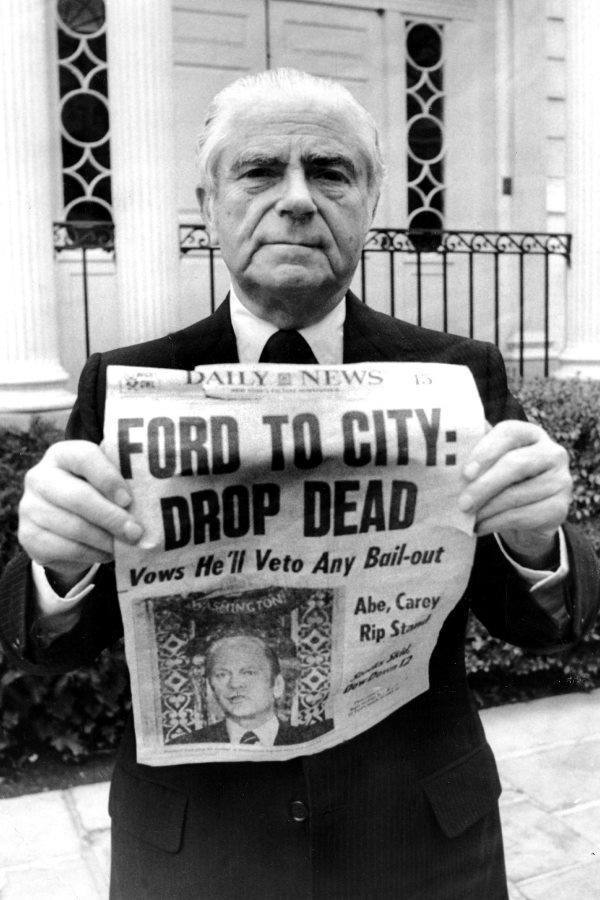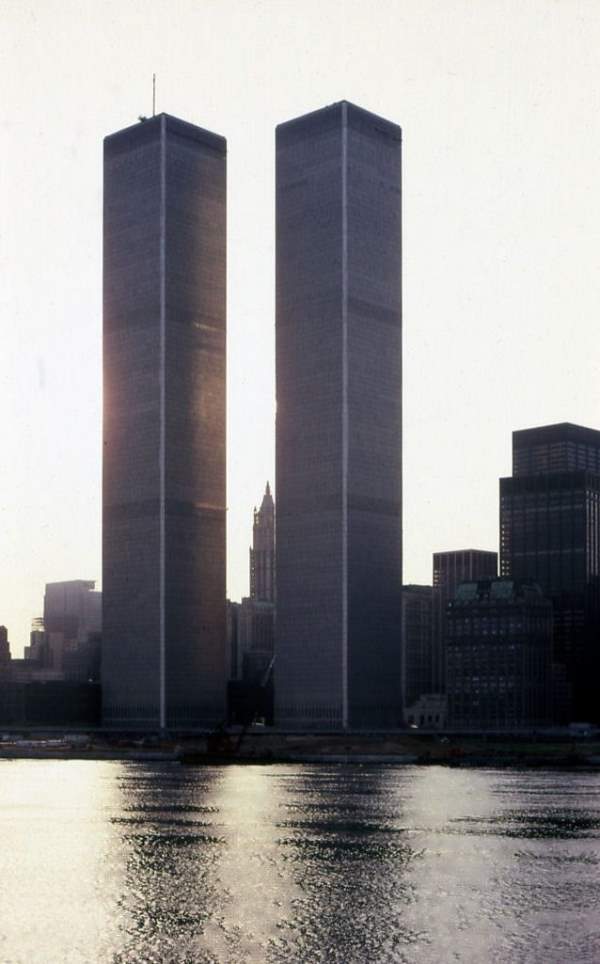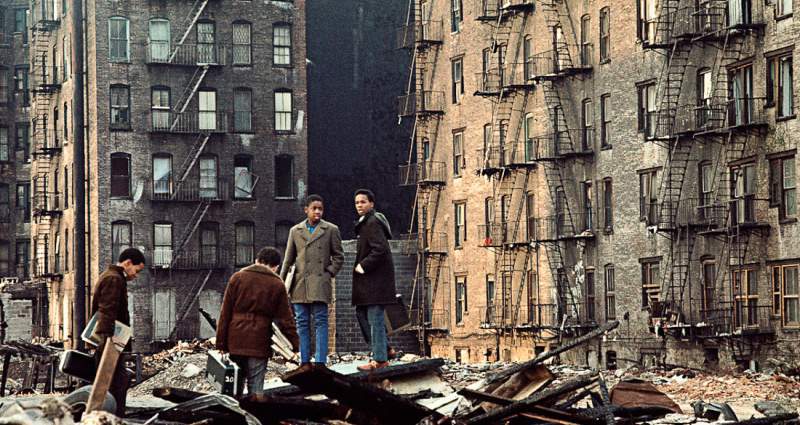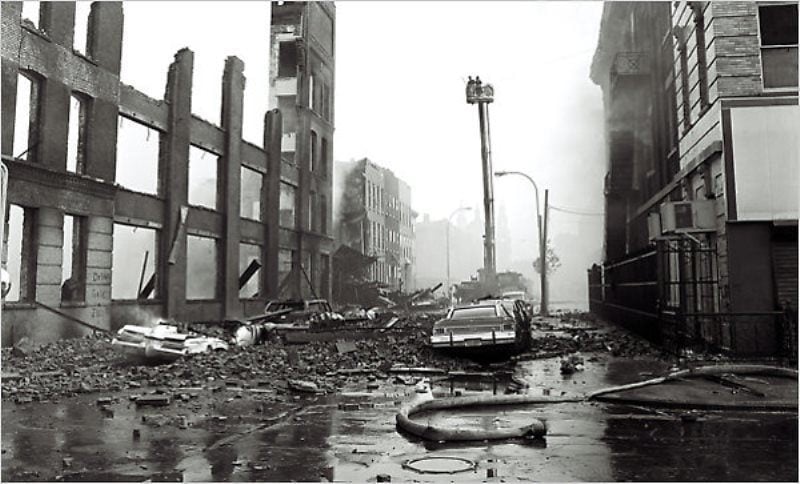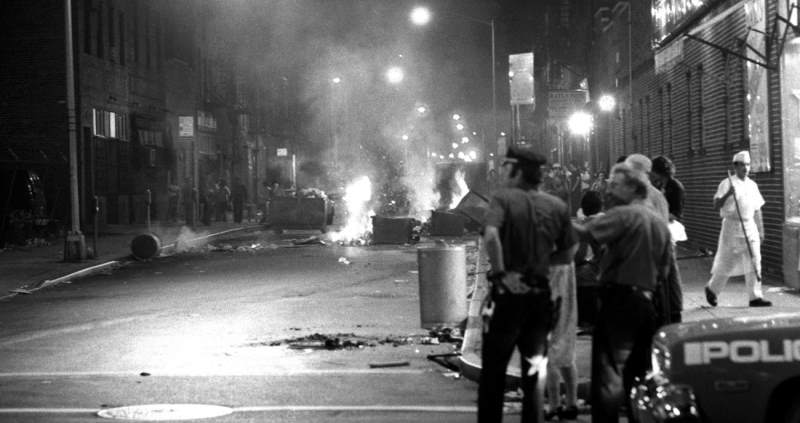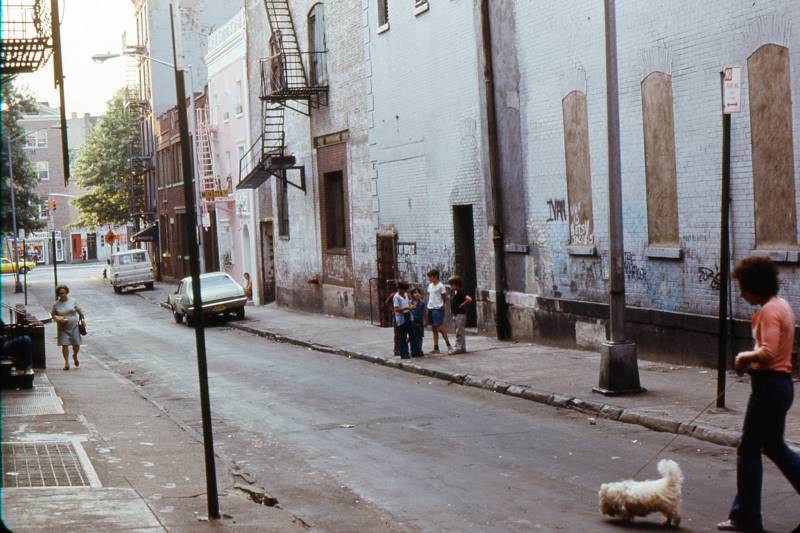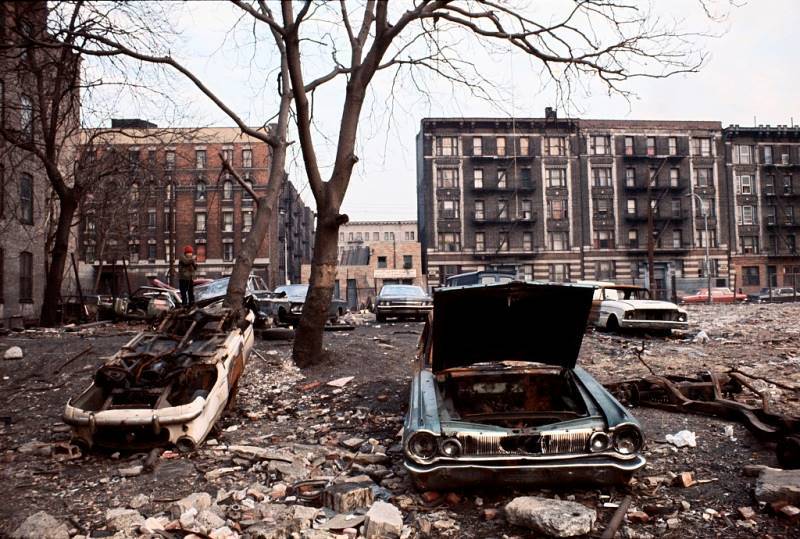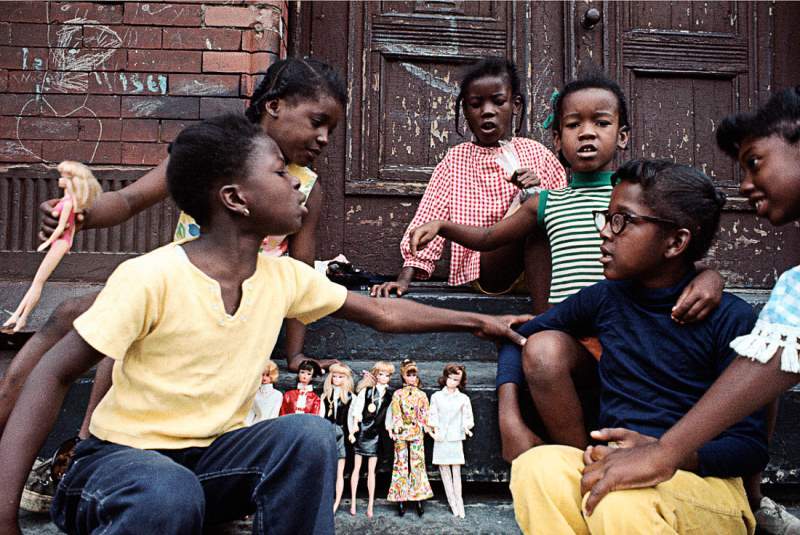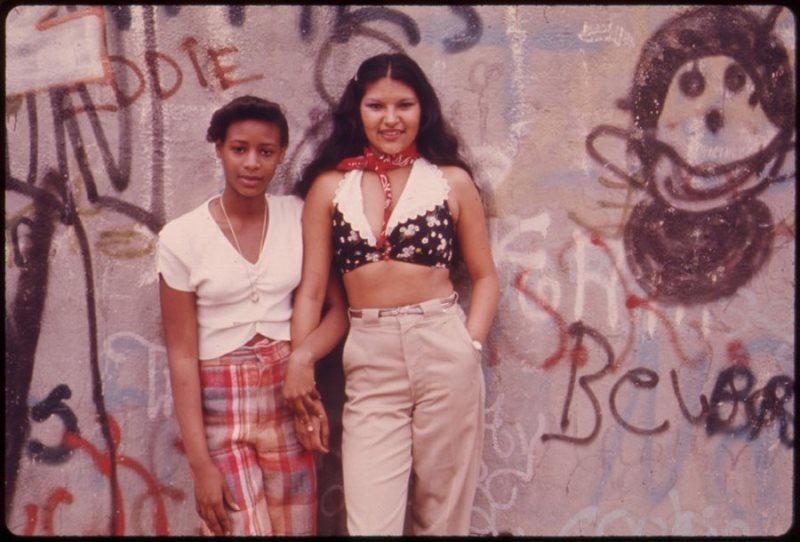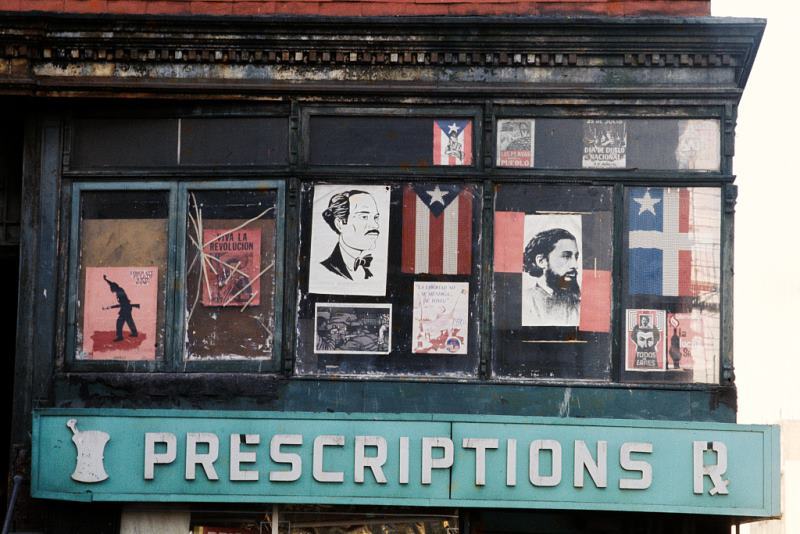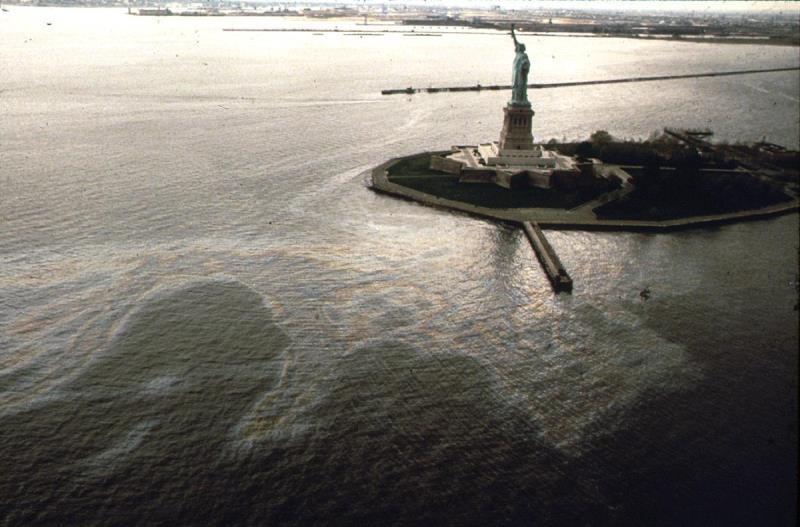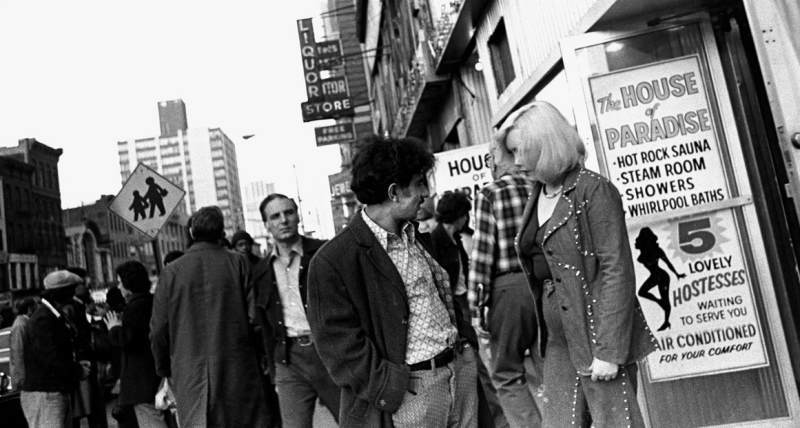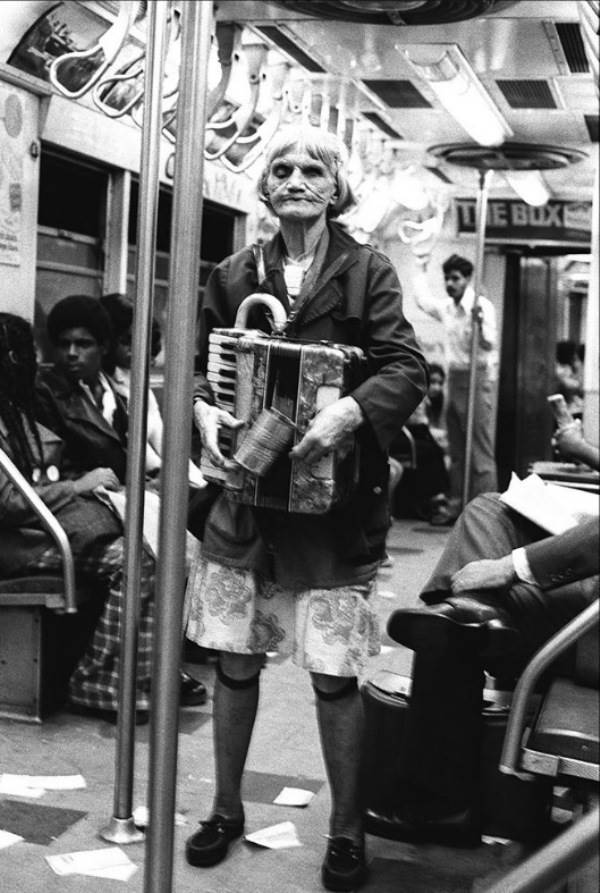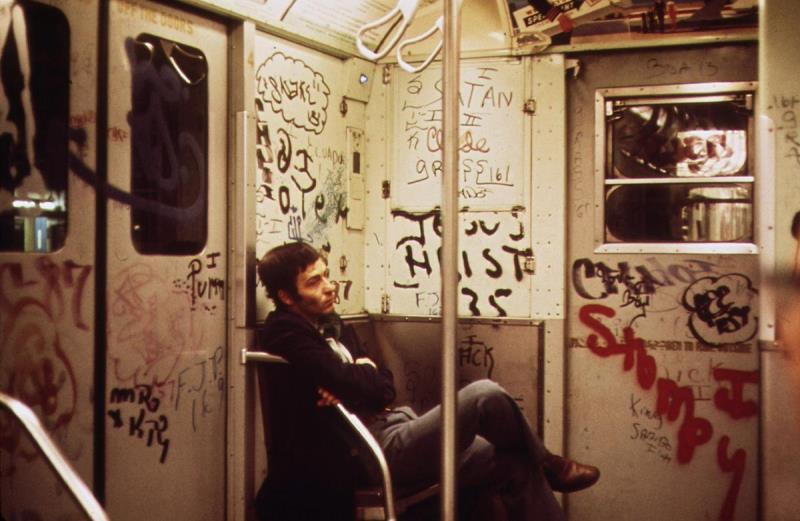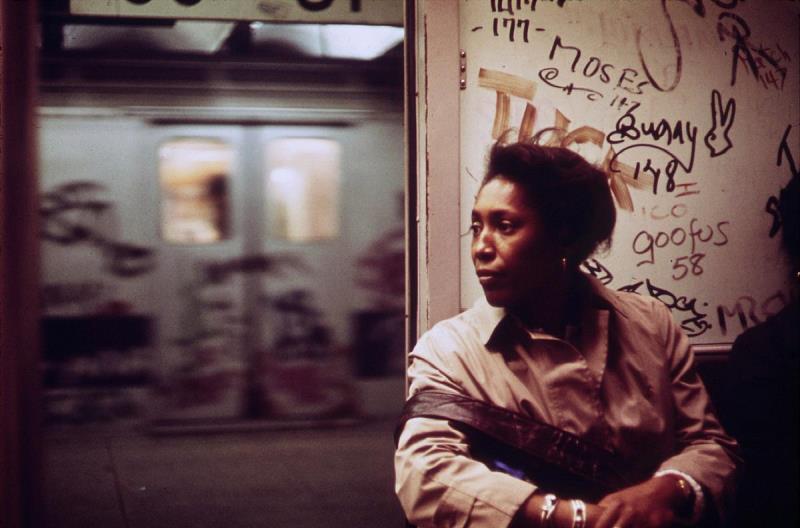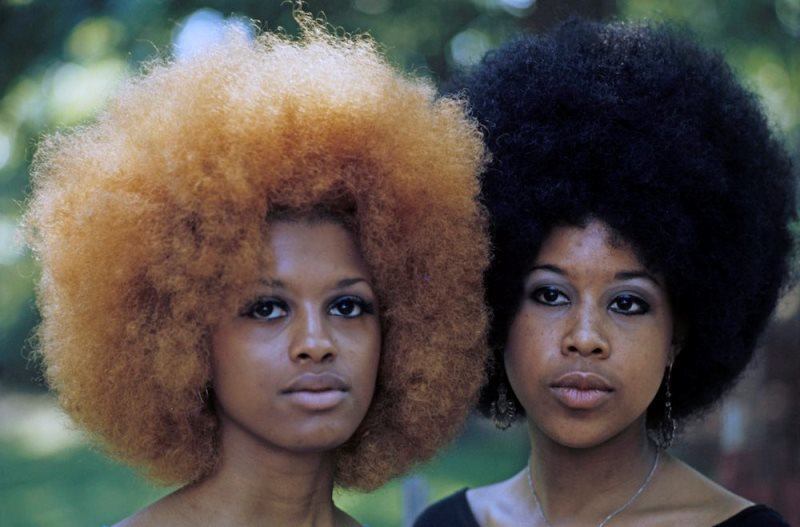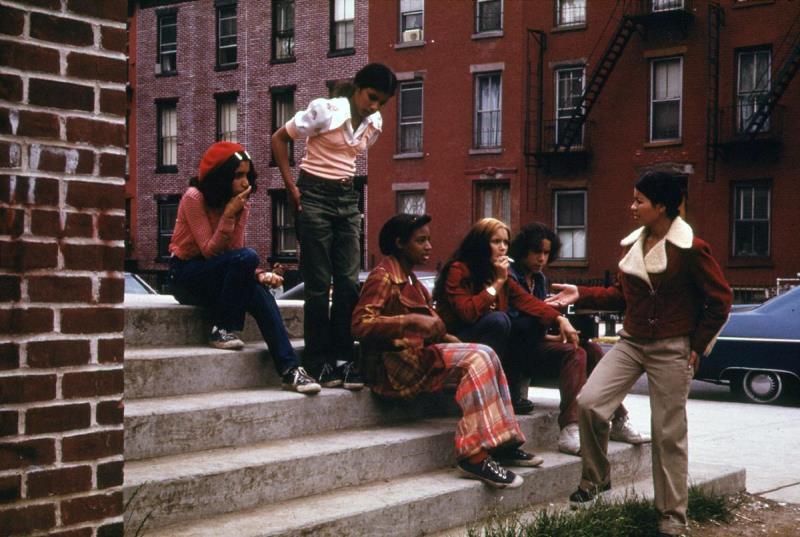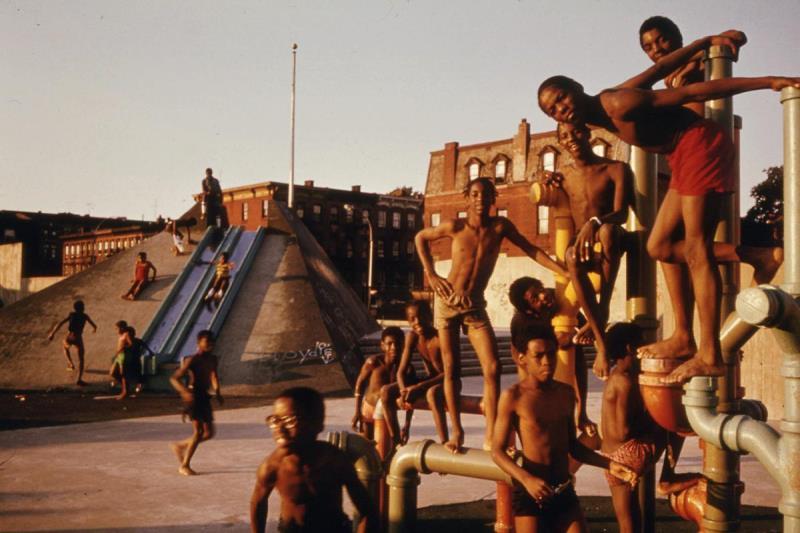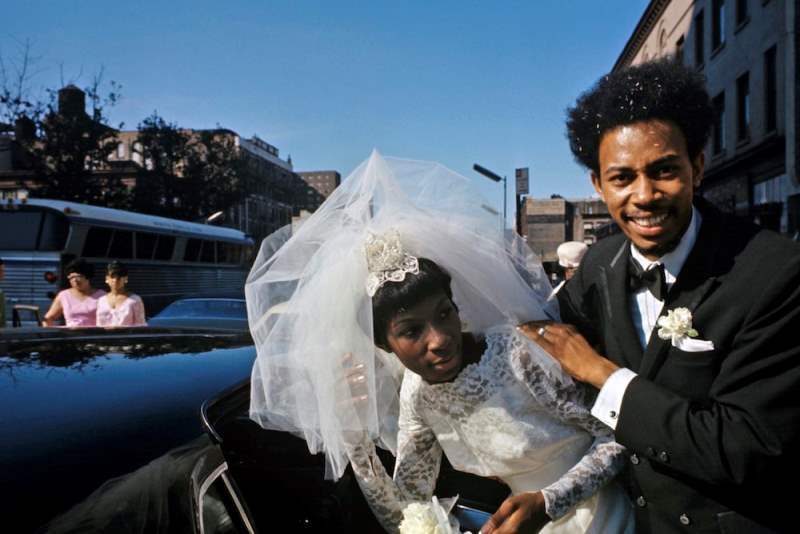These startling 1970s New York photos reveal a city undergoing an unparalleled transformation fueled by economic collapse and rampant crime.
Reeling from a decade of social turmoil, New York in the 1970s fell into a deep tailspin provoked by the flight of the middle class to the suburbs and a nationwide economic recession that hit New York’s industrial sector especially hard.
Combined with substantial cuts in law enforcement and citywide unemployment topping ten percent, crime and financial crisis became the dominant themes of the decade.
In just five years from 1969 to 1974, the city lost over 500,000 manufacturing jobs, which resulted in over one million households being dependent on welfare by 1975. In almost the same span, rapes and burglaries tripled, car thefts and felony assaults doubled, and murders went from 681 to 1690 a year.
Depopulation and arson also had pronounced effects on the city: abandoned blocks dotted the landscape, creating vast areas absent of urban cohesion and life itself. Today, we look at 41 poignant photos that capture a New York City on the brink of implosion:
Throughout the 1970s, the city teetered on bankruptcy, which was avoided primarily by deep reductions in police, firemen, and teachers. In the above photograph, then Mayor Abe Beame holds a newspaper with the headline 'Ford To City: Drop Dead,' following President Ford's refusal to use federal funds to bail out the city.National Archives and Records Administration
While the towers grew, much of the city burned. Landlords who could no longer afford to maintain their buildings would occasionally burn them down to collect insurance money.
Here, children in East Harlem returning from school traverse rubble to reach their homes.Camilo José Vergara Photographs
Arson became a major problem in the 1970s in New York, rising from just 1 percent of fires in the 1960s to over 7 percent of fires in the 1970s.The New York Times
To prevent the city government from going into default, significant city-wide cuts were put into place -- one-fifth of all public workers were laid off in 1975 alone. With substantially fewer firefighters and police, many crimes and fires were simply not responded to.National Archives and Records Administration
In the summer of 1975, tourists were greeted with this ominous brochure at the airport. It featured nine survival tips for navigating the city, including not taking the subway and not walking in any part of the city after 6 PM.The Guardian
Prostitution became a city-wide problem in the 1970s, with over 2,400 arrests for the offense in 1976 alone. In the above photograph, negotiations take place on the Bowery.Leland Bobbé / Photographer
Before becoming famous for its bars and clubs, the Bowery was known for abandoned buildings and a substantial homeless population.Leland Bobbé / Photographer
New York City became the capital of adult stores with Times Square as its epicenter. As the Guardian wrote, "Times Square’s venerable old theatres and spectacular movie palaces were torn down for office buildings or allowed to slowly rot away, showing scratchy prints of cheesy second-run films or pornography, which any casual visitor might have thought was the city’s leading industry."National Archives and Records Administration
Once the borough of choice for the middle class, the Bronx bore the full brunt of 1970s white flight. Over the course of the decade, the Bronx lost over 30 percent of its population.Camilo José Vergara Photographs
The Bronx River became an open sewer for industry and humans alike. In fact, it wasn't until 2007 that towns in Westchester and the Bronx both agreed to stop dumping raw sewage into the waterway.Camilo José Vergara Photographs
Transportation didn't fare much better than waterways. In the 1970s, the New York subway became jokingly referred to as "the muggers express." By 1979, over 250 felonies were committed every week on the transportation system, making it the most dangerous in the world.Business Insider
That's not to say that the entirety of 1970s New York is a portrait of misery. Above, boys enjoy the city's water from a fire hydrant on Avenue C in the Lower East Side.Camilo José Vergara Photographs
A group participates in a Central Park quilting bee during the summer of 1973.The Atlantic
Elsewhere, a group of teenagers hang out in the South Williamsburg park in 1974.The Atlantic
People celebrate July 4th in Bed Stuy, Brooklyn, 1974.The Atlantic
In 1977, New York experienced a 25-hour citywide blackout that led to looting and arson. When all available police were ordered to duty, 40% of the off-duty force refused to show as a result of the escalating animosity between the police union and the city.National Archives and Records Administration
Now home to luxury loft apartments and media agencies, the Brooklyn neighborhood of DUMBO was largely uninhabited for most of the 1970s.The Atlantic
In totality, the decade was a transformative one for New York, as it reconfigured the economic and social realities of America's most prominent city. By the conclusion of the 1970s, over a million people had left the city.
Enjoy this look at New York City in the 1970s? Then check out our galleries on New York in the summer of 1969 and staggering photos of the New York subways in the 1980s.

